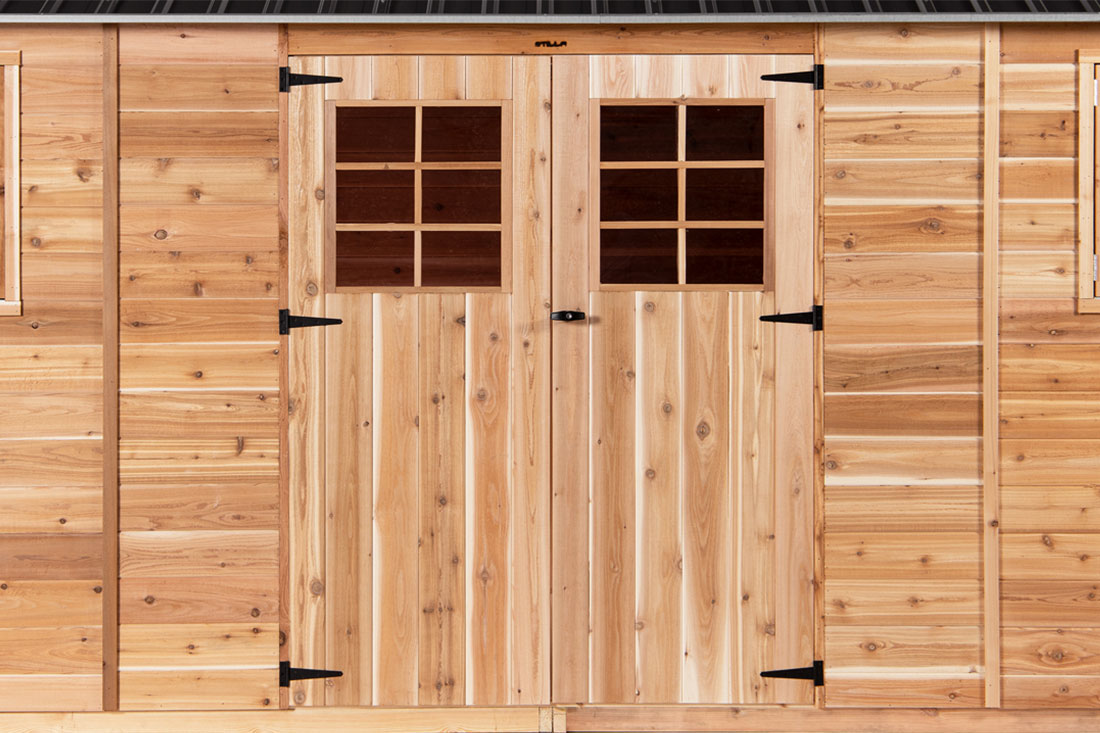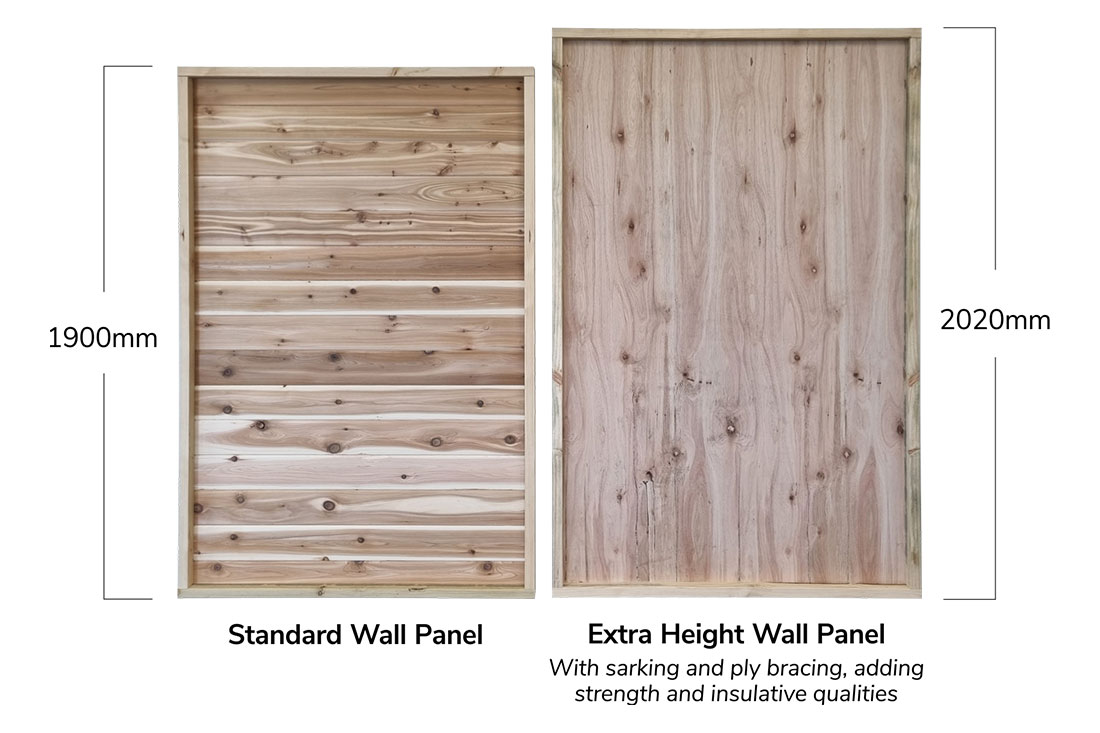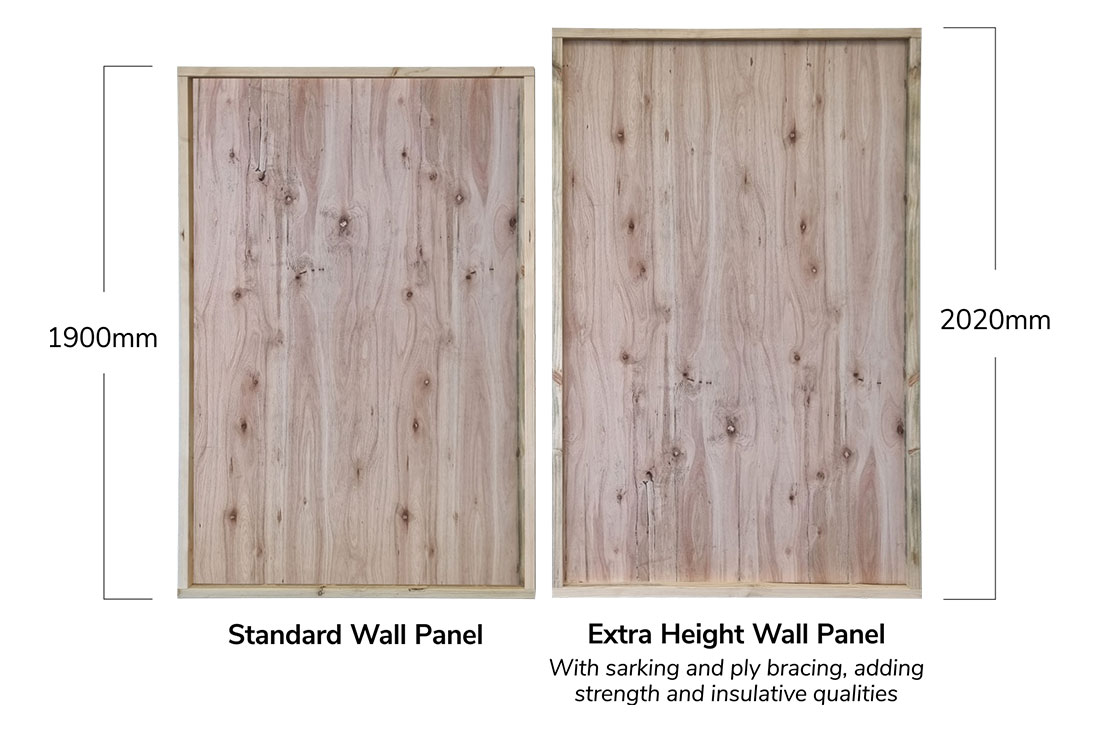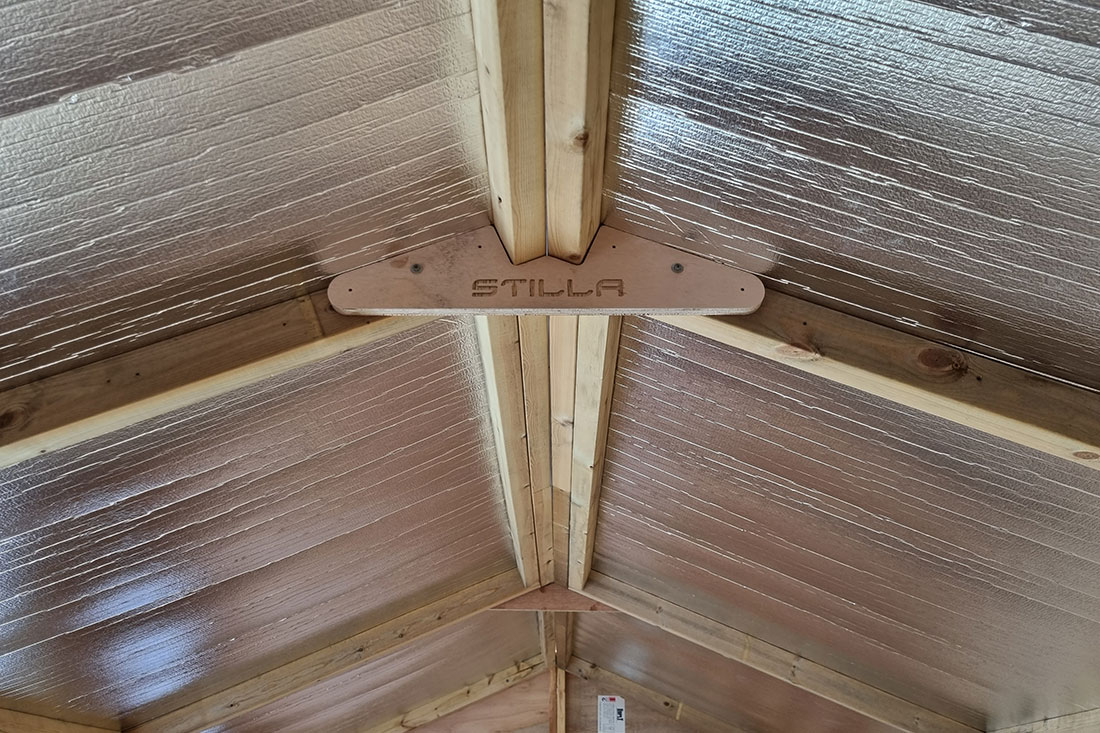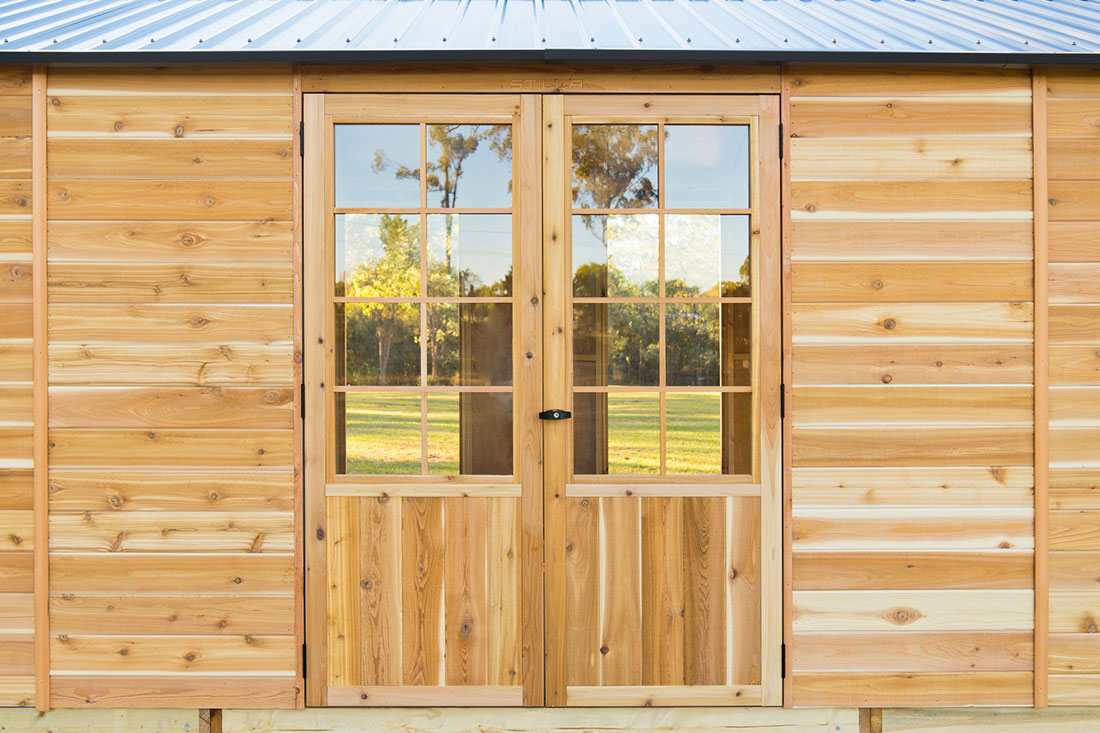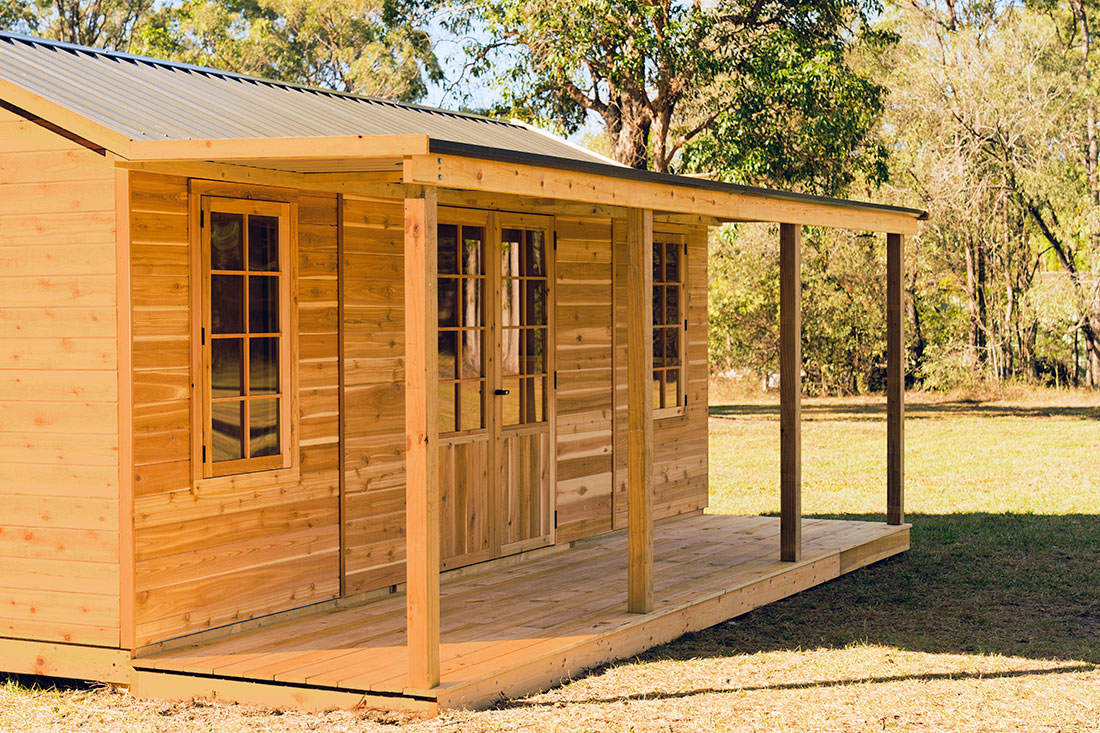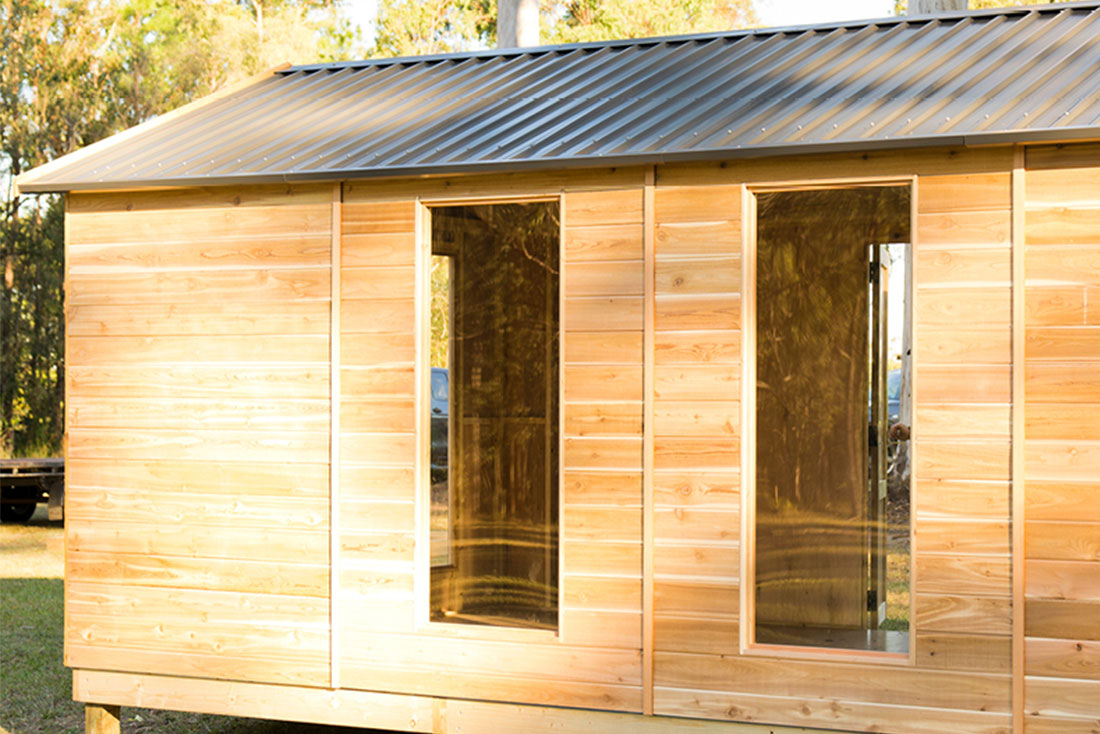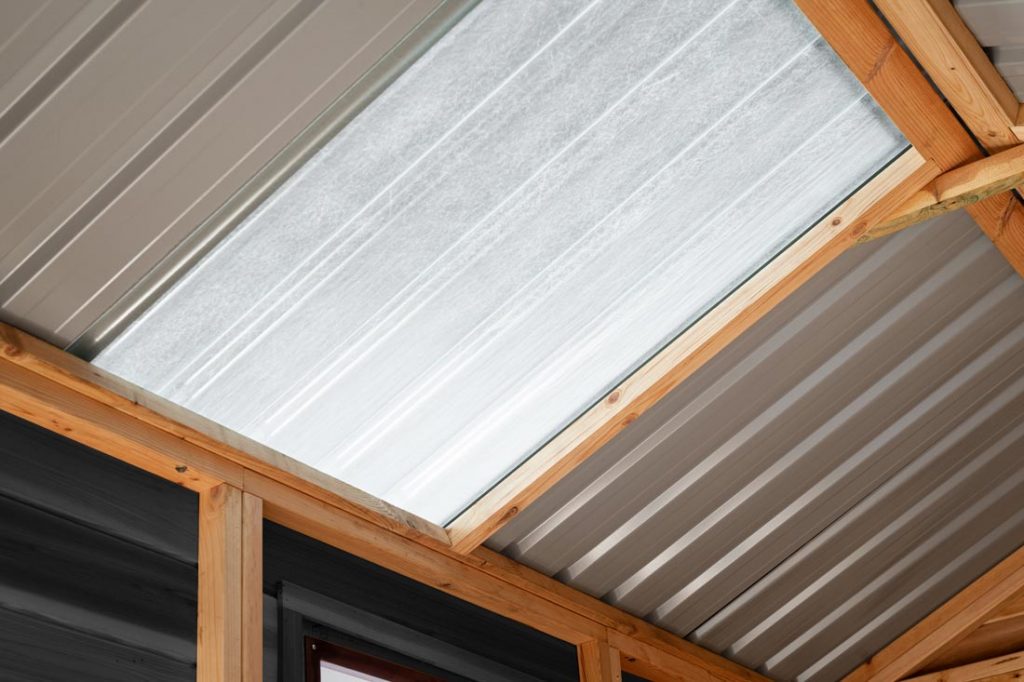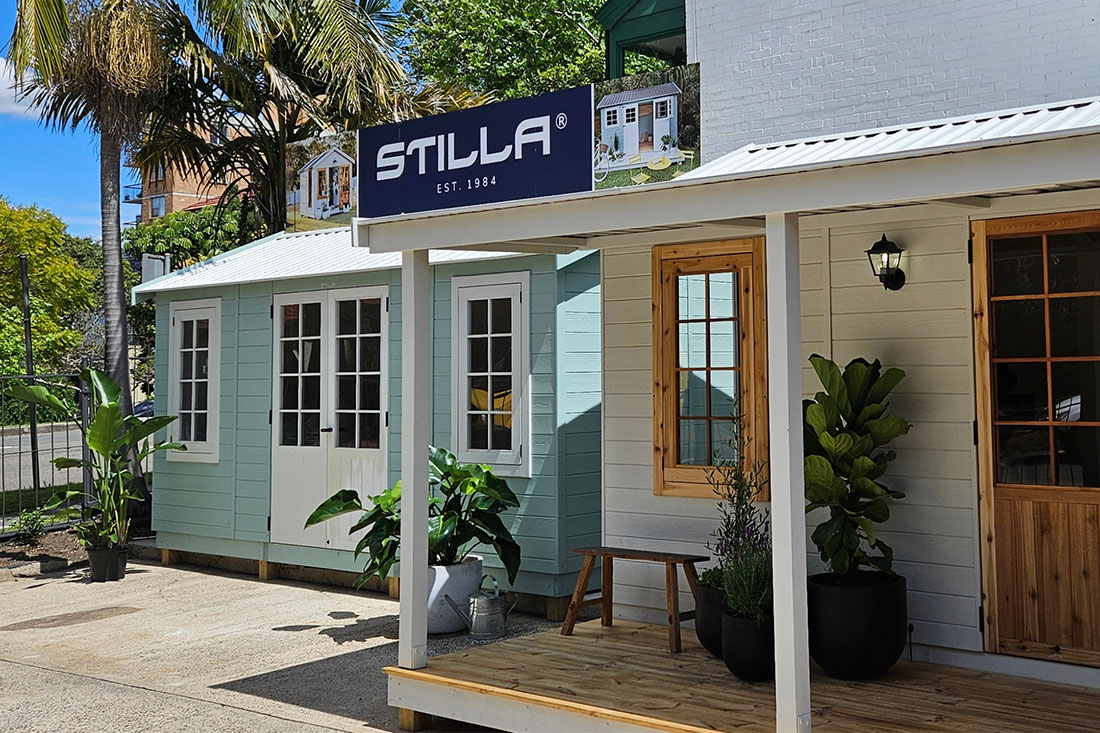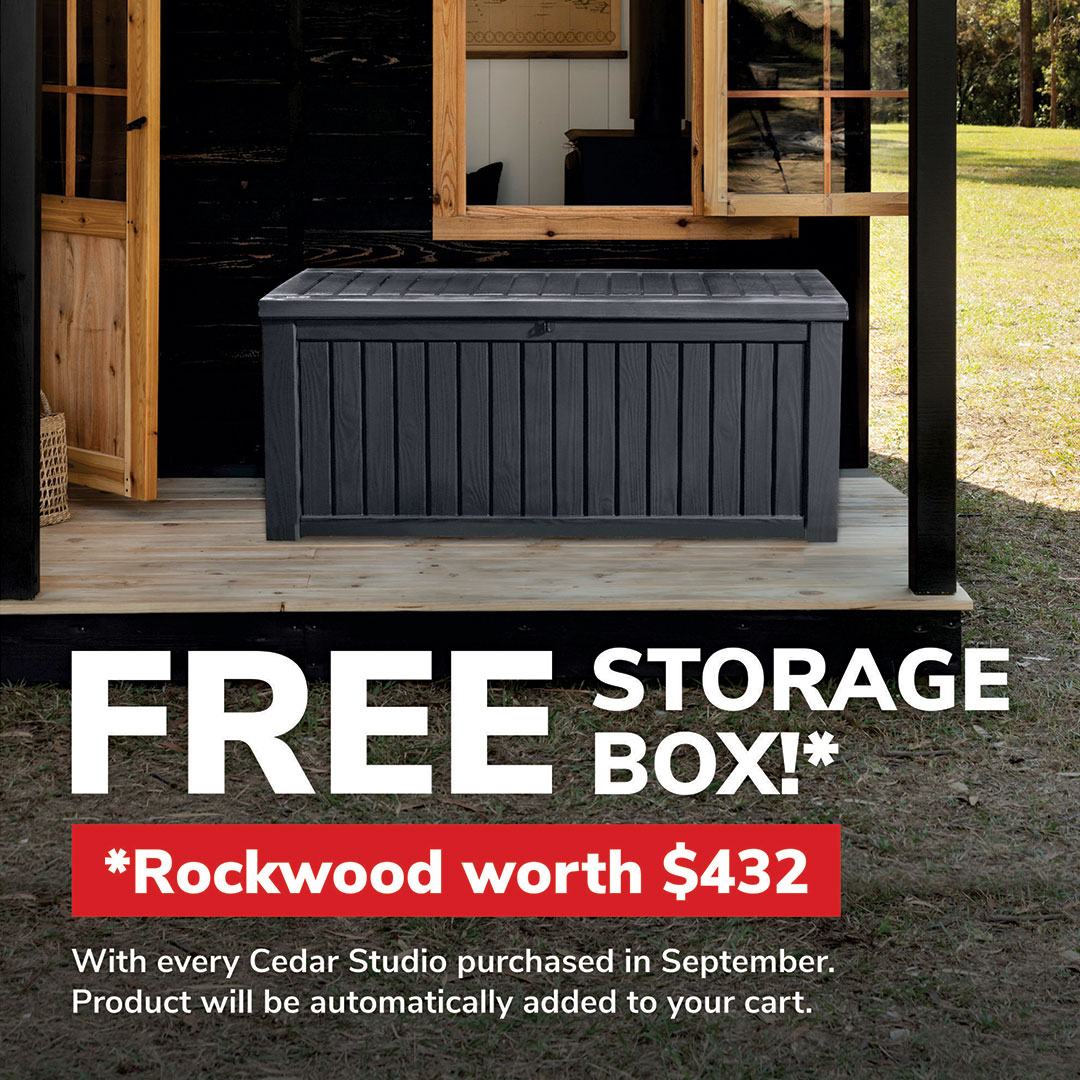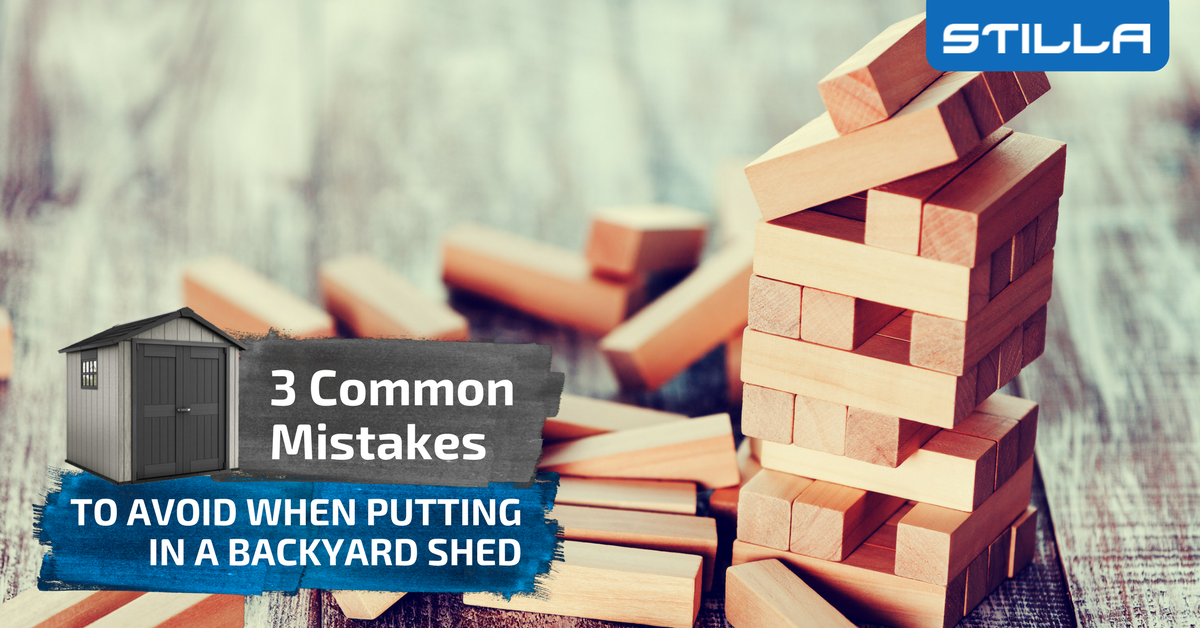
14 Mar The 3 most common mistakes to avoid when putting in a backyard shed
We like to be positive about everything – and sheds in particular – so most of our blog posts have told you what you should do to get the best shed for your needs and make the most of it once you’ve got it.
However, we do operate in the real world where not everything is roses and rainbows, which means we’ve seen quite a few mistakes over the years. In fact, sometimes people come to us to help them put things right after something’s gone wrong.
With that in mind, even if you don’t take our advice on what you should do, here are seven things you definitely shouldn’t do when buying or installing a garden, backyard or storage shed.
-
Don’t buy a cheap shed
It’s simple maths, really. If you buy a shed that costs, let’s say, a third of the price of a much better one, it’s most likely to be a third of the quality. So, you’ll be buying a replacement much sooner (theoretically you’ll buy three times as many sheds in your lifetime!).
But that’s not all. The ‘usability’ of a cheaper shed is much lower, meaning that whatever your using it for, you’re not going to get the protection from the weather or security for your stored items or level of comfort when you’re inside.
Value is a better measure than price. Choose a great-quality shed that suits your needs, then compare the price with others. And, don’t forget, if you’re installing it yourself, the ease of assembly, the clarity of the instructions, and the after-sales support needs to be factored in.
If you haven’t read these previous blog posts, they might help:
For the love of cedar: why it’s the wood of choice for quality sheds
If you haven’t considered a Keter shed, you’re short-changing yourself
-
Don’t ignore advice
Everyone’s different and there’s a chance that the combination of your shed needs and the location you’re going to position it make your situation unique. But it’s a slim chance.
Even if you are going to do something a bit unusual, you can still learn a lot from the tens of thousands of shed owners who’ve paved the way for you. In other words, talk to people (like us) and do some research. Check out examples of where something like what you want has been done well before.
Really, one of the worst mistakes people make is just putting in a shed without a second thought. It shouldn’t be hard to do, but it’s not so foolproof that no-one can make a bad decision or overlook something important.
So, take some time, make some notes, look at what others have done successfully, and ask as many questions as you can think of. The only bad questions are the ones you should have asked but didn’t – until it was too late.
Here are a couple of our previous posts that share some detailed advice:
6 secrets to ultimate shed success
Choosing a garden shed for Australian conditions
-
Don’t underestimate your needs
When you buy a car, there’s a pretty good chance you think about your current needs as well as whether those needs might change a bit over the next few years. For example, if you’re thinking of starting a family, you’re unlikely to buy a two-door fastback coupe with a small boot.
The same principles apply when deciding on your shed needs. Do you really think that it makes sense to get a storage shed that’s just big enough to store all the things you have right now? For one thing, it won’t be long before you can’t move to find something that’s already in there. And that’s before you put more stuff in it every single year.
At the same time, you might decide to buy a shed because you want the storage, but once you have a shed you might like to spend a bit of time inside, tinkering with things. If you think that’s a possibility, allow for it. Don’t restrict your potential usage and enjoyment of what should be a great lifestyle asset by skimping right from the outset.
We’re going to assume you take our advice on point 1, above, and so you’re buying a great quality shed that will be with you for many years. What’s the point of saving a few hundred dollars, which might work out to less than $50 a year for the life of the shed, and then being restricted – and therefore frustrated – when you can’t make as much use of it as you’d like?
So, think ahead and get a shed that you’re not only going to use effectively but that you’re going to enjoy having in your backyard for a good chunk of your life.
Check out these previous posts to help you decide what you need:
Don’t buy a shed without this 10-point checklist
3 things you should think about before buying a shed
As we said, don’t be embarrassed if you have a bunch of questions. We think that’s good, plus there’s a fair chance that we’ve heard them all before and the answers are quite simple.
Just give us a call or drop us an email and let’s get you on the right track to your ideal shed.


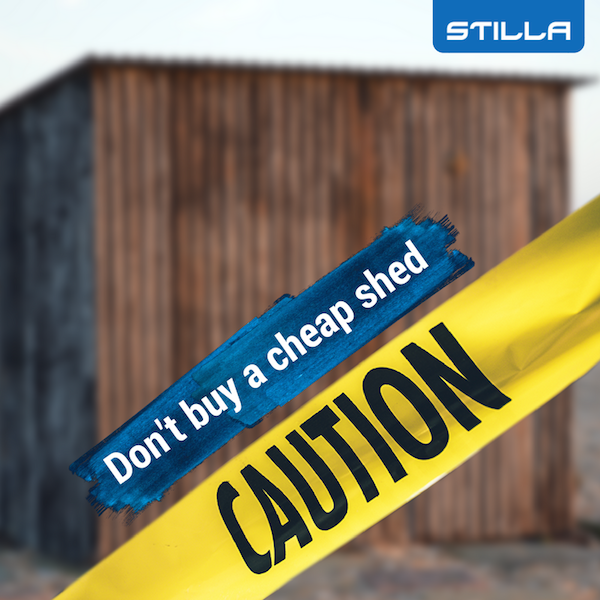
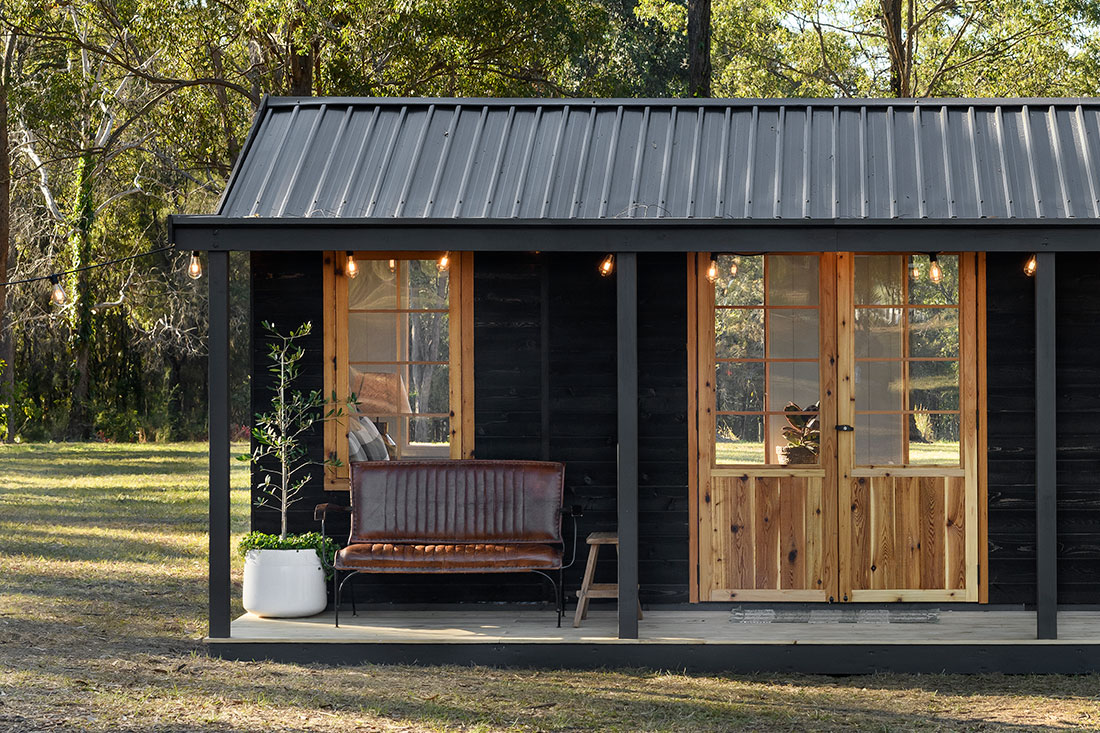
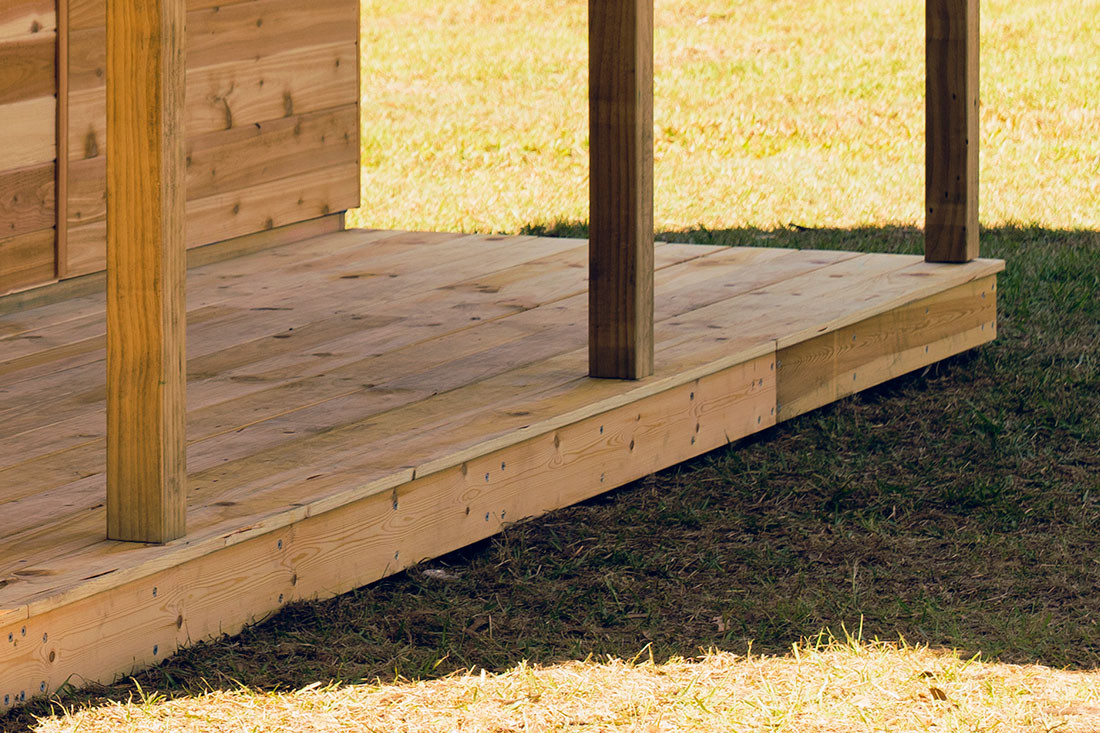
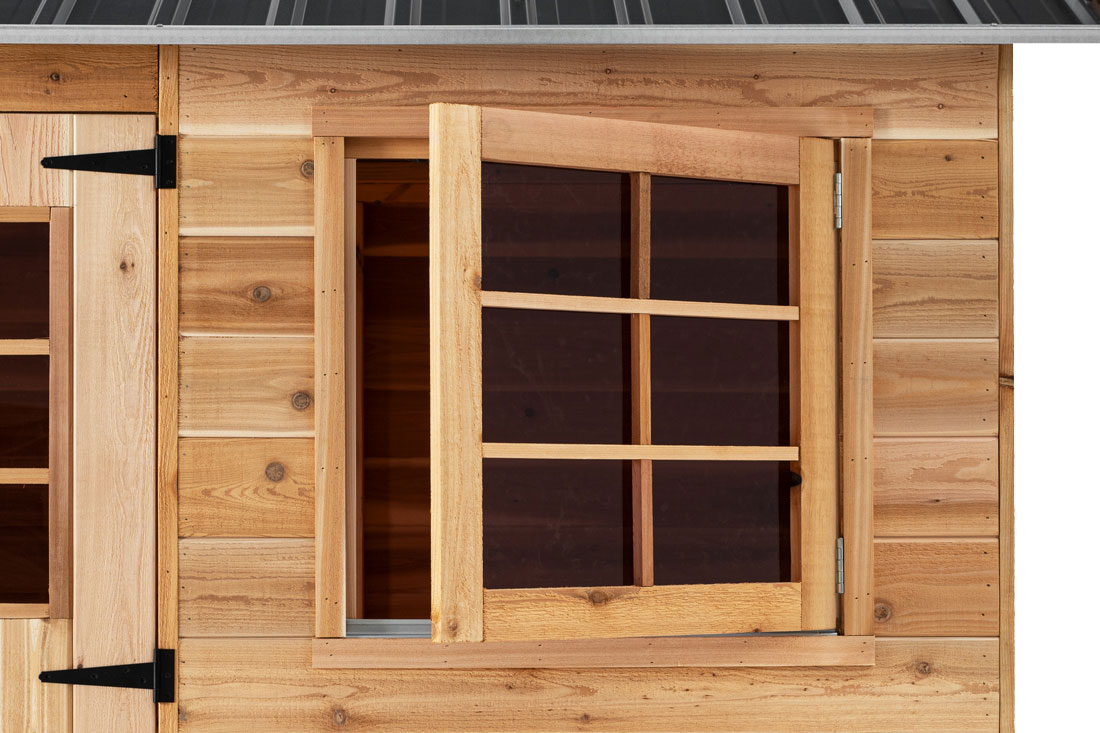
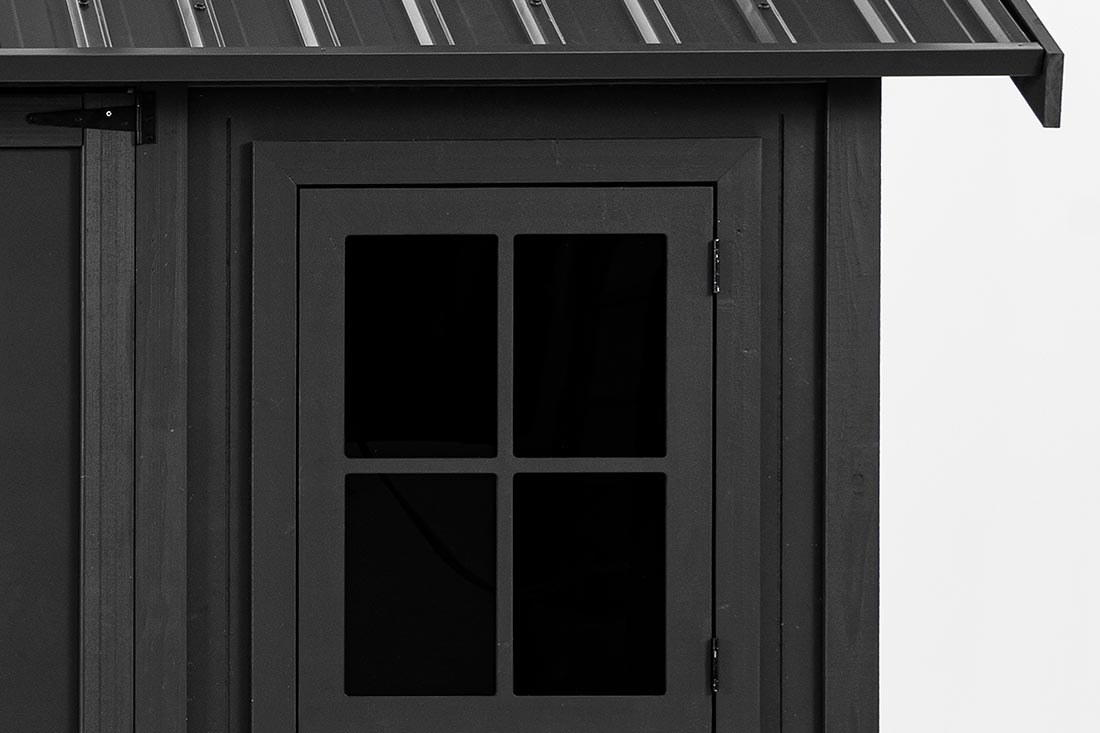
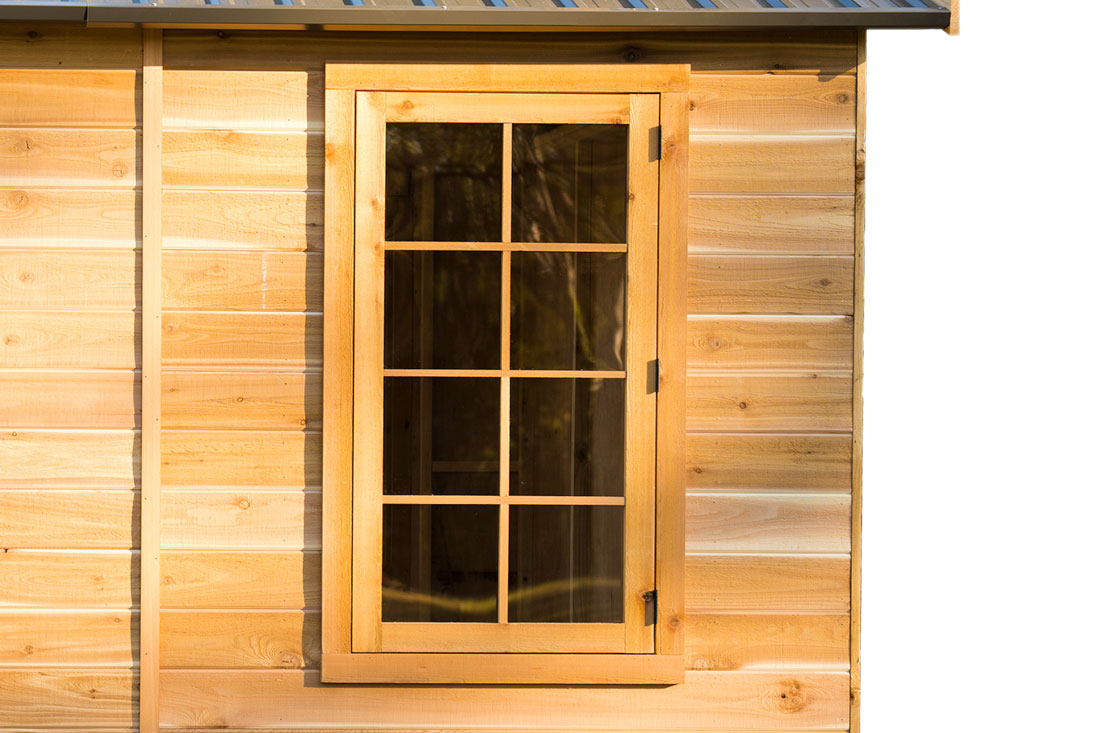
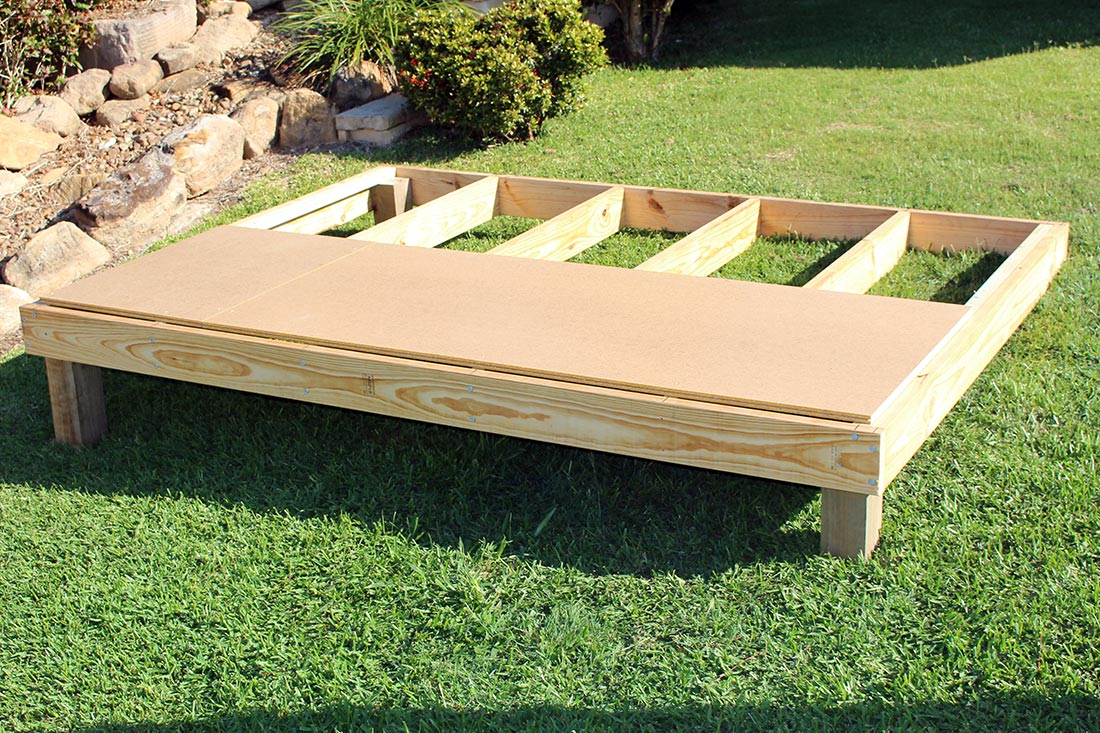
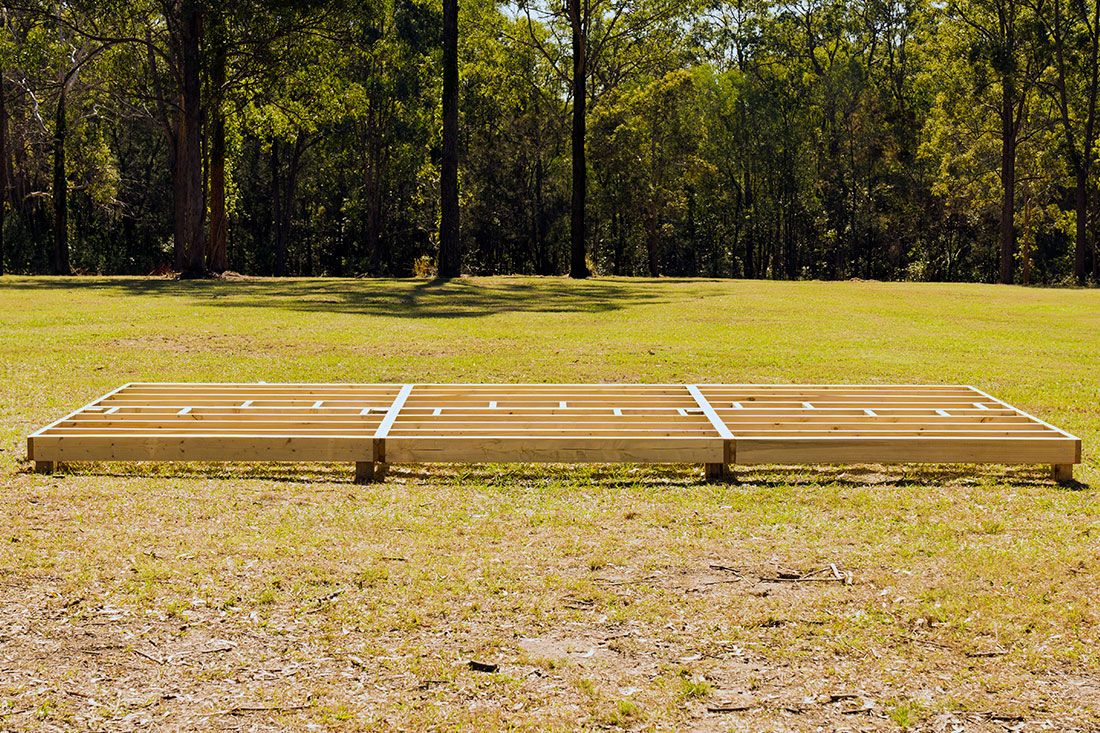
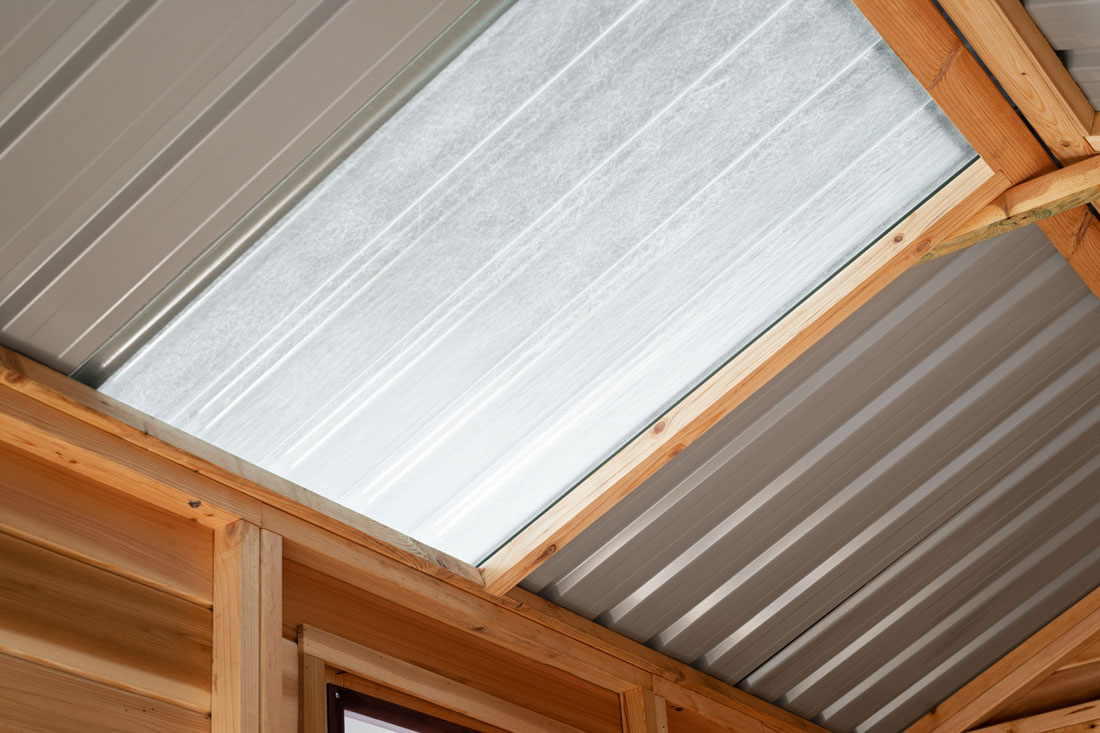
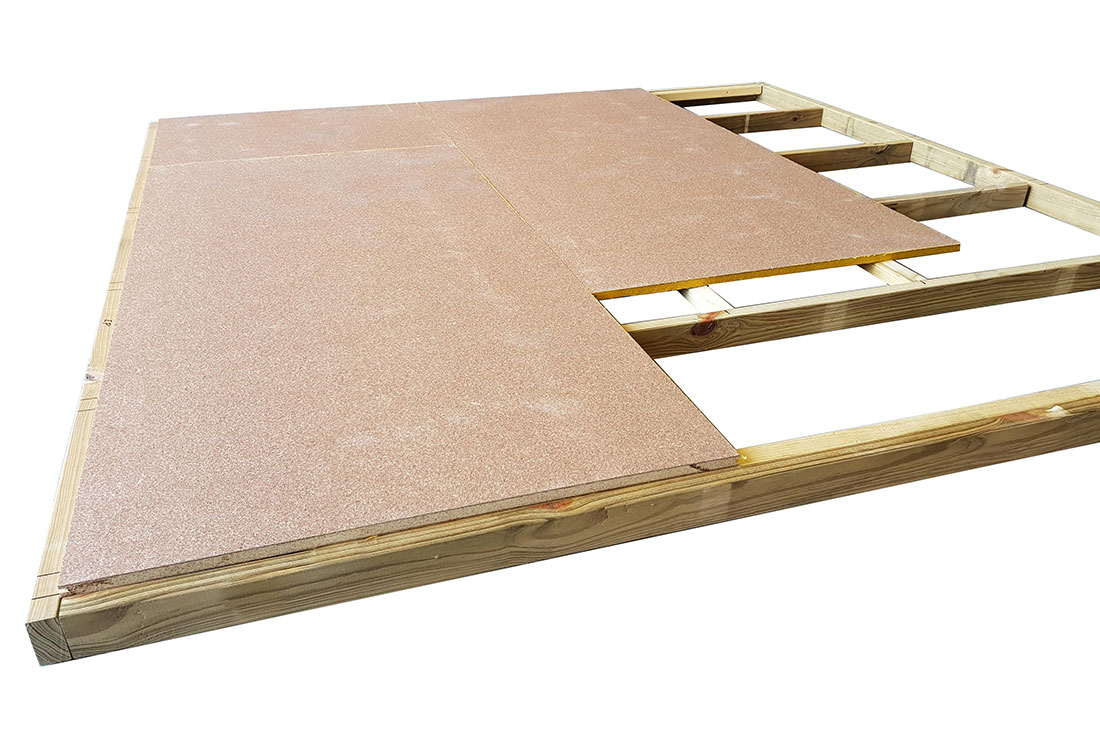
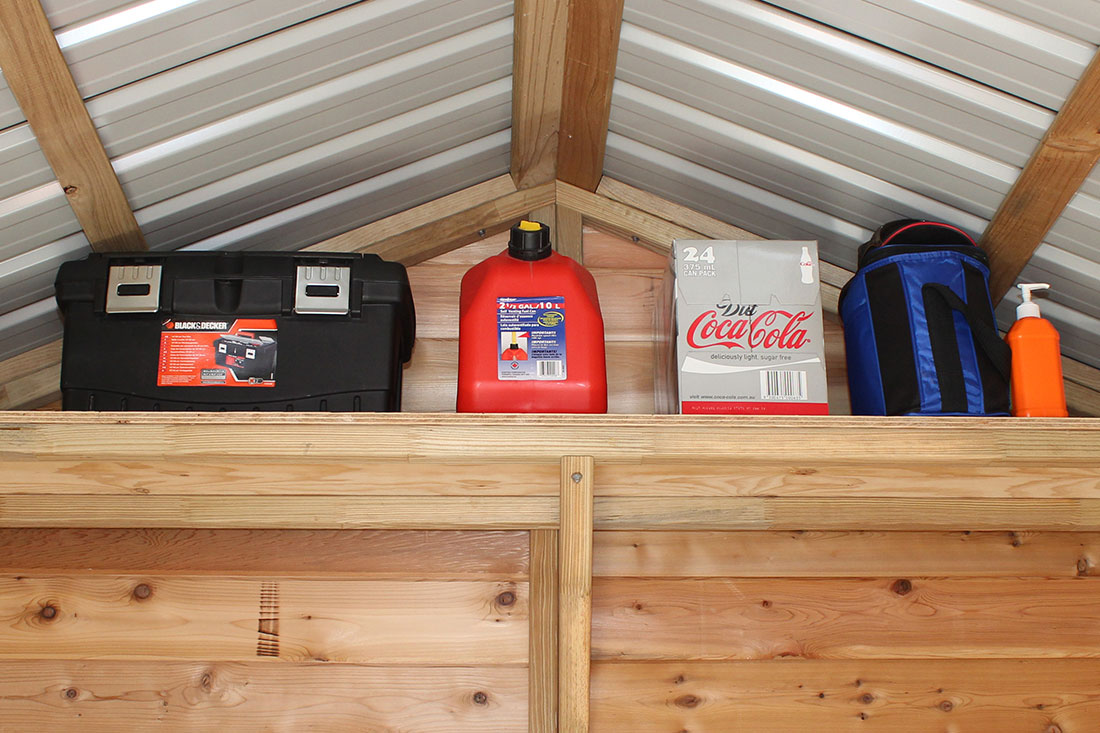
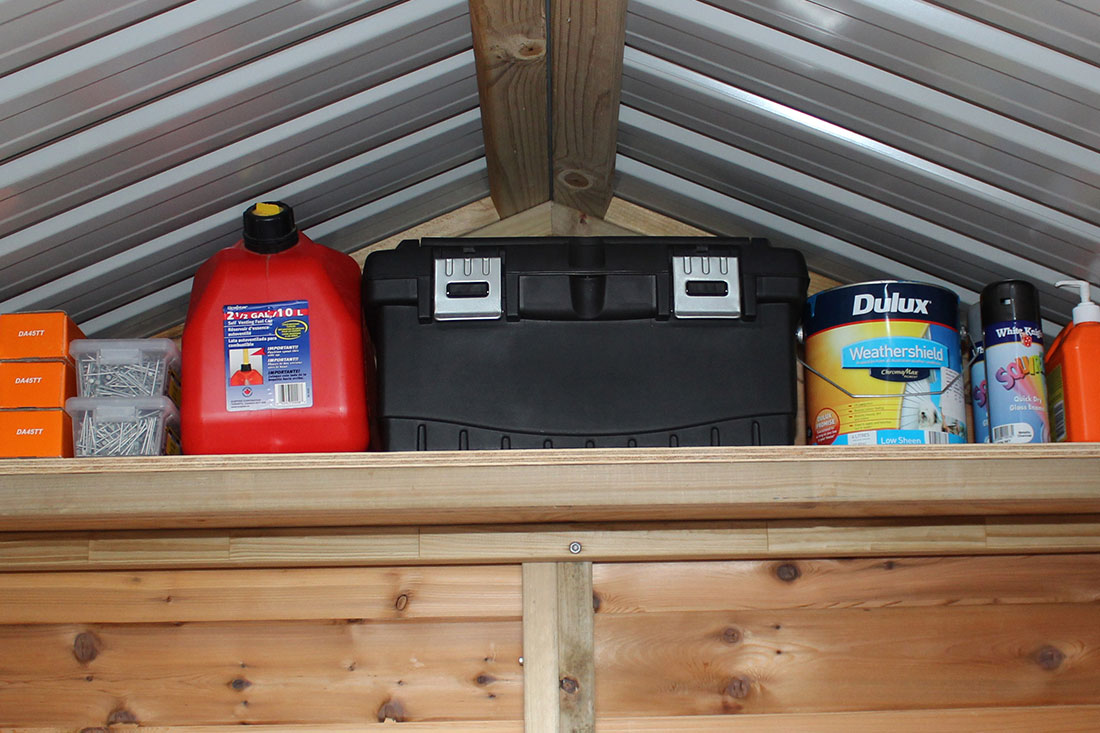
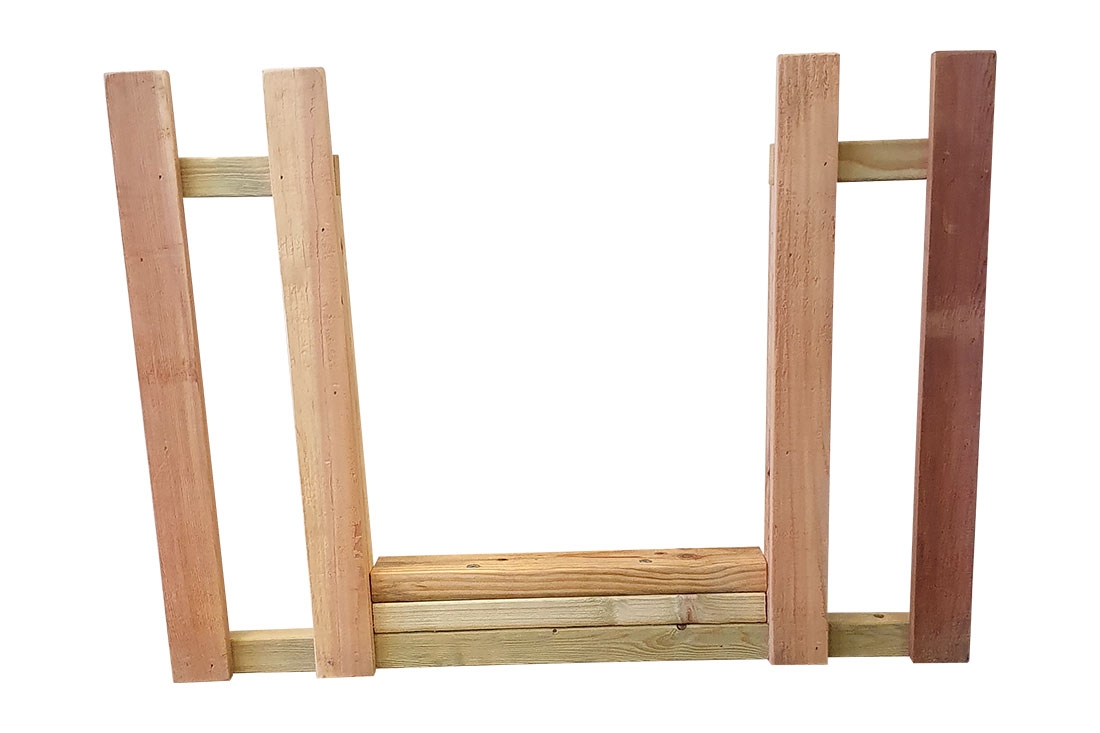 Includes an adjusted railing & ground pegs to make provision for a slide to be attached to the Hideout Tower.
Includes an adjusted railing & ground pegs to make provision for a slide to be attached to the Hideout Tower.